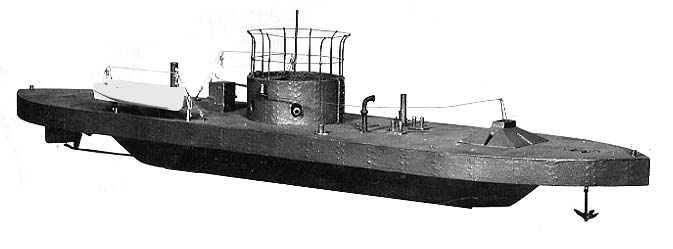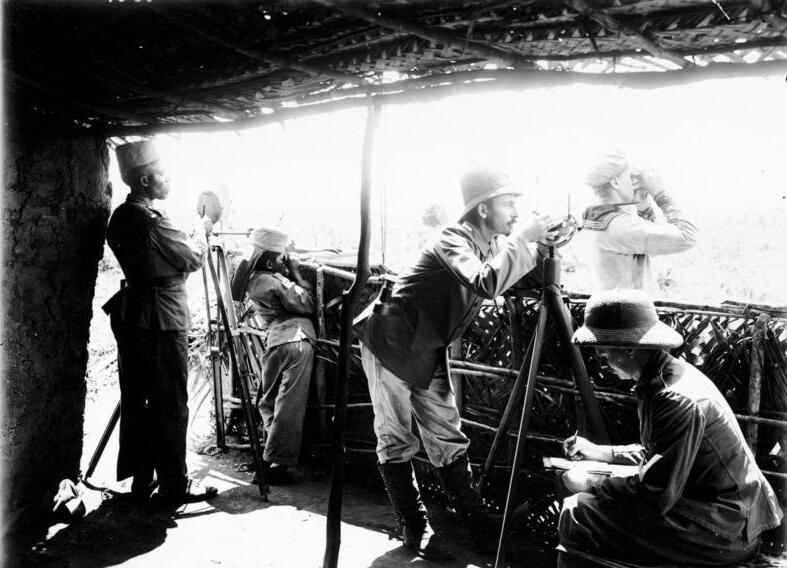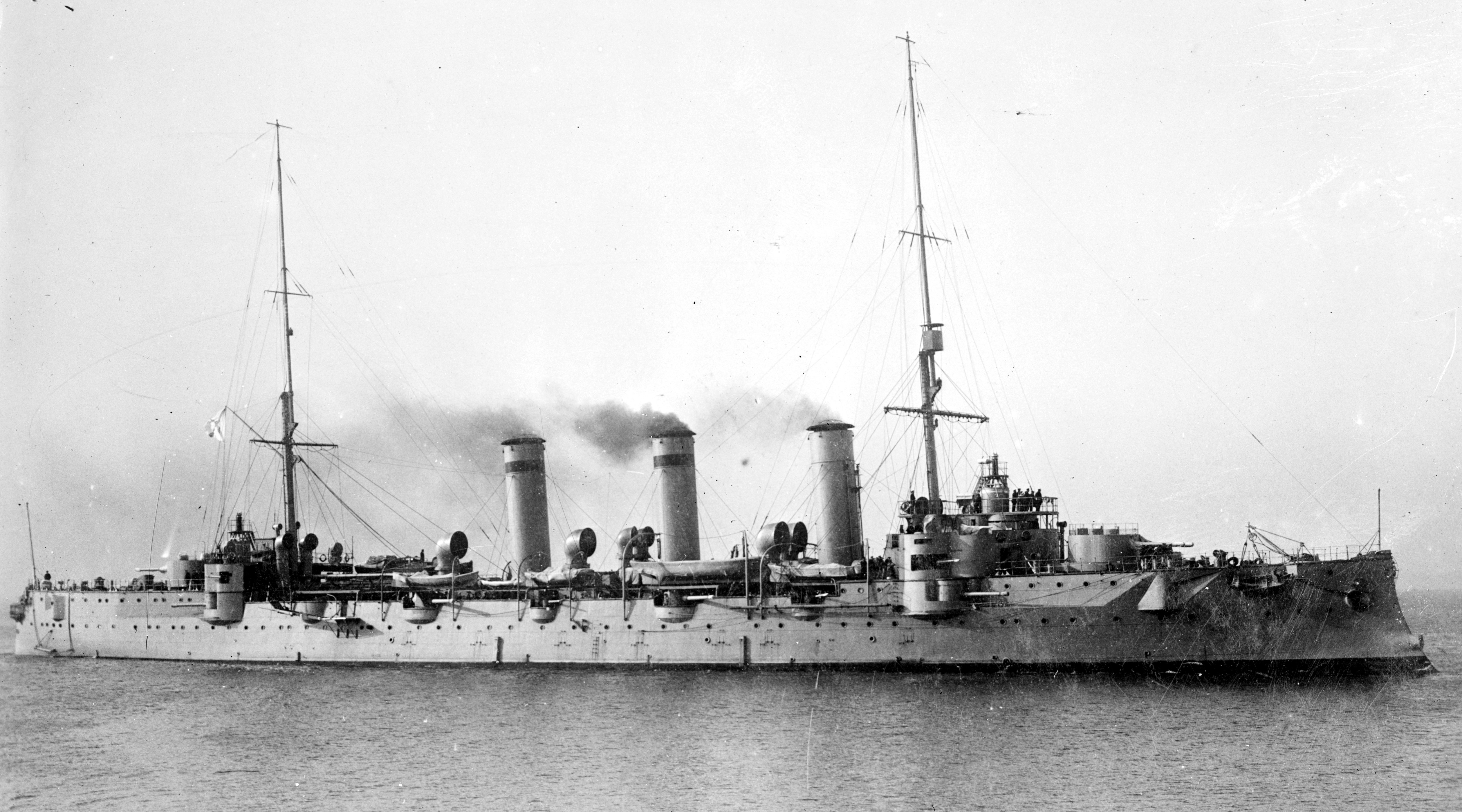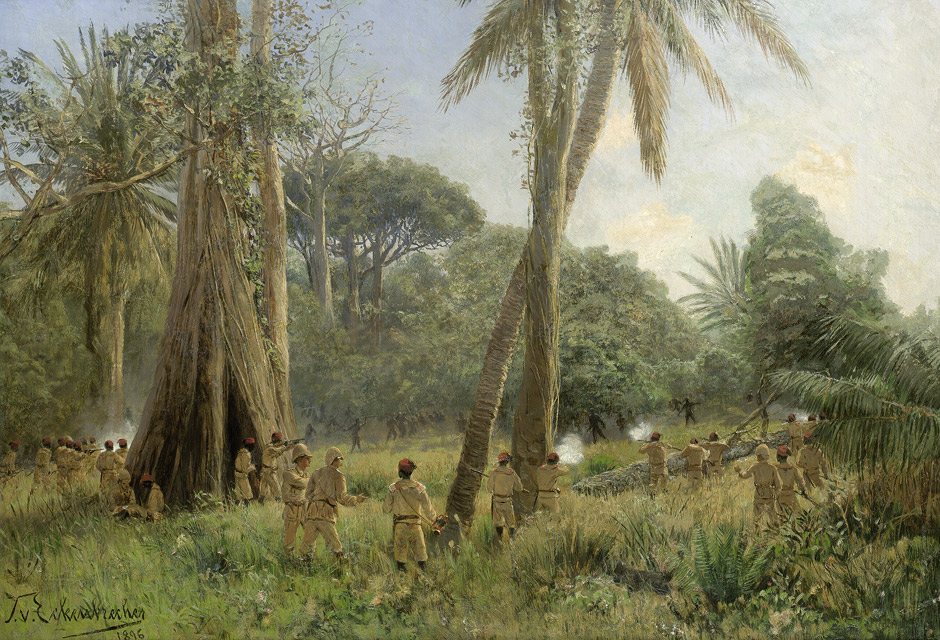|
SMS Königsberg (1905)
SMS ''Königsberg'' ("His Majesty's Ship ''Königsberg'') was the lead ship of her class of light cruisers built by the German ''Kaiserliche Marine'' (Imperial Navy)."SMS" stands for "'' Seiner Majestät Schiff''" (german: link=no, His Majesty's Ship). Named after Königsberg,Now Kaliningrad, Russia. the capital of East Prussia, she was laid down in January 1905, launched in December of that year and completed by June 1906. Her class included three other ships: , , and . ''Königsberg'' was armed with a main battery of ten guns and had a top speed of . After her commissioning, ''Königsberg'' served with the High Seas Fleet's reconnaissance force. During this period, she frequently escorted Kaiser Wilhelm II's yacht on visits to foreign countries. In April 1914, the ship was sent on what was to have been a two-year deployment to German East Africa, but this was interrupted by the outbreak of World War I in August of that year. ''Königsberg'' initially attempted to raid Britis ... [...More Info...] [...Related Items...] OR: [Wikipedia] [Google] [Baidu] |
German Empire
The German Empire (), Herbert Tuttle wrote in September 1881 that the term "Reich" does not literally connote an empire as has been commonly assumed by English-speaking people. The term literally denotes an empire – particularly a hereditary empire led by an emperor, although has been used in German to denote the Roman Empire because it had a weak hereditary tradition. In the case of the German Empire, the official name was , which is properly translated as "German Empire" because the official position of head of state in the constitution of the German Empire was officially a " presidency" of a confederation of German states led by the King of Prussia who would assume "the title of German Emperor" as referring to the German people, but was not emperor of Germany as in an emperor of a state. –The German Empire" ''Harper's New Monthly Magazine''. vol. 63, issue 376, pp. 591–603; here p. 593. also referred to as Imperial Germany, the Second Reich, as well as simply Germa ... [...More Info...] [...Related Items...] OR: [Wikipedia] [Google] [Baidu] |
Imperial German Navy
The Imperial German Navy or the Imperial Navy () was the navy of the German Empire, which existed between 1871 and 1919. It grew out of the small Prussian Navy (from 1867 the North German Federal Navy), which was mainly for coast defence. Wilhelm II, German Emperor, Kaiser Wilhelm II greatly expanded the navy. The key leader was Admiral Alfred von Tirpitz, who greatly expanded the size and quality of the navy, while adopting the sea power theories of American strategist Alfred Thayer Mahan. The result was a Anglo-German naval arms race, naval arms race with Britain, as the German navy grew to become one of the greatest maritime forces in the world, second only to the Royal Navy. The German surface navy proved ineffective during the First World War; its only major engagement, the Battle of Jutland, was a draw, but it kept the surface fleet largely in port for the rest of the war. The submarine fleet was greatly expanded and threatened the British supply system during the Atlantic ... [...More Info...] [...Related Items...] OR: [Wikipedia] [Google] [Baidu] |
Paul Von Lettow-Vorbeck
Paul Emil von Lettow-Vorbeck (20 March 1870 – 9 March 1964), also called the Lion of Africa (german: Löwe von Afrika), was a general in the Imperial German Army and the commander of its forces in the German East Africa campaign. For four years, with a force of about 14,000 (3,000 Germans and 11,000 Africans), he held in check a much larger force of 300,000 British, Indian, Belgian, and Portuguese troops. Essentially undefeated in the field, Lettow-Vorbeck was the only German commander to successfully invade a part of the British Empire during the First World War. His exploits in the campaign have been described by Edwin Palmer Hoyt as "the greatest single guerrilla operation in history, and the most successful". Early life Paul Emil von Lettow-Vorbeck was son of Paul von Lettow-Vorbeck (1832–1919) and Marie von Eisenhart-Rothe (1842–1919). He was born into the Pomeranian minor nobility, while his father was stationed as an army officer at Saarlouis in the Prussian ... [...More Info...] [...Related Items...] OR: [Wikipedia] [Google] [Baidu] |
Monitor (warship)
A monitor is a relatively small warship which is neither fast nor strongly armored but carries disproportionately large guns. They were used by some navies from the 1860s, during the First World War and with limited use in the Second World War. The original monitor was designed in 1861 by John Ericsson, who named it . They were designed for shallow waters and served as coastal ships. The term also encompassed more flexible breastwork monitors, and was sometimes used as a generic term for any turreted ship. In the early 20th century, the term was revived for shallow-draught armoured shore bombardment vessels, particularly those of the Royal Navy: the s carried guns firing heavier shells than any other warship ever has, seeing action (albeit briefly) against German targets during World War I. The ''Lord Clive'' vessels were scrapped in the 1920s. The term "monitor" also encompasses the strongest of riverine warcraft, known as river monitors. During the Vietnam War these much ... [...More Info...] [...Related Items...] OR: [Wikipedia] [Google] [Baidu] |
Battle Of Rufiji Delta
The Battle of the Rufiji Delta was fought in German East Africa (modern Tanzania) from October 1914–July 1915 during the First World War, between the German Navy's light cruiser , and a powerful group of British warships. The battle was a series of attempts, ultimately successful, to sink the blockaded German light cruiser. Background In 1914 the most powerful German ship in the Indian Ocean was the light cruiser ''Königsberg''. After an engine failure following her sinking of the British protected cruiser HMS ''Pegasus'', ''Königsberg'' and her supply ship ''Somali'' hid in the delta of the Rufiji River while ''Königsbergs damaged machinery was transported overland to Dar es Salaam for repair. The British cruiser discovered ''Königsberg'' in the delta towards the end of October. On 5 November, two additional British cruisers, and , arrived at the scene, and blockaded the German ship in the delta. In early November, ''Chatham'' opened fire at long range and set fire to ... [...More Info...] [...Related Items...] OR: [Wikipedia] [Google] [Baidu] |
Rufiji River
The Rufiji River lies entirely within Tanzania. It is also the largest and longest river in the country. The river is formed by the confluence of the Kilombero and Luwegu rivers. It is approximately long, with its source in southwestern Tanzania and its mouth on the Indian Ocean opposite Mafia Island across the Mafia Channel, in Pwani Region. Its principal tributary is the Great Ruaha River. It is navigable for approximately . The Rufiji river is approximately south of Dar es Salaam. The river's delta contains the largest mangrove forest in eastern Africa. History A branch of ancient sea routes led down the East African coast called "Azania" by the Greeks and Romans in the 1st century CE as described in the Periplus of the Erythraean Sea (and, very probably, zh, 澤散, Zesan in the 3rd century by the Chinese), at least as far as the port known to the Romans as Rhapta, which was probably located in the delta of the Rufiji River in modern Tanzania. During the First World War ... [...More Info...] [...Related Items...] OR: [Wikipedia] [Google] [Baidu] |
Battle Of Zanzibar
The Battle of Zanzibar was an encounter between the German ''Kaiserliche Marine'' and the British Royal Navy early in the First World War. While taking on coal in the delta of the Rufiji River in German East Africa, the German cruiser learned that a British cruiser, , which had been part of the Royal Navy's Cape Squadron sent to counter ''Königsberg'', had put in at Zanzibar for repairs. ''Königsberg'' captain, Commander Max Looff, decided to attack ''Pegasus'' while she was in port. On 20 September 1914 ''Königsberg'' sailed past the picket ship at the entrance to Zanzibar harbour. ''Helmuth'' was unable to warn ''Pegasus'' of ''Königsberg'' approach, with the result that when ''Konigsberg'' opened fire she took ''Pegasus'' entirely by surprise. As a result, ''Pegasus'' suffered severe damage before she was even able to return fire. ''Königsberg'' guns out-ranged those on ''Pegasus'', which was consequently unable to damage her opponent. The one-sided battle ended i ... [...More Info...] [...Related Items...] OR: [Wikipedia] [Google] [Baidu] |
Protected Cruiser
Protected cruisers, a type of naval cruiser of the late-19th century, gained their description because an armoured deck offered protection for vital machine-spaces from fragments caused by shells exploding above them. Protected cruisers resembled armored cruisers, which had in addition a belt of armour along the sides. Evolution From the late 1850s, navies began to replace their fleets of wooden ships-of-the-line with armoured ironclad warships. However, the frigates and sloops which performed the missions of scouting, commerce raiding and trade protection remained unarmoured. For several decades, it proved difficult to design a ship which had a meaningful amount of protective armour but at the same time maintained the speed and range required of a "cruising warship". The first attempts to do so, armored cruisers like , proved unsatisfactory, generally lacking enough speed for their cruiser role. During the 1870s the increasing power of armour-piercing shells made a ... [...More Info...] [...Related Items...] OR: [Wikipedia] [Google] [Baidu] |
World War I
World War I (28 July 1914 11 November 1918), often abbreviated as WWI, was List of wars and anthropogenic disasters by death toll, one of the deadliest global conflicts in history. Belligerents included much of Europe, the Russian Empire, the United States, and the Ottoman Empire, with fighting occurring throughout Europe, the Middle East, Africa, the Pacific Ocean, Pacific, and parts of Asia. An estimated 9 million soldiers were killed in combat, plus another 23 million wounded, while 5 million civilians died as a result of military action, hunger, and disease. Millions more died in Genocides in history (World War I through World War II), genocides within the Ottoman Empire and in the Spanish flu, 1918 influenza pandemic, which was exacerbated by the movement of combatants during the war. Prior to 1914, the European great powers were divided between the Triple Entente (comprising French Third Republic, France, Russia, and British Empire, Britain) and the Triple A ... [...More Info...] [...Related Items...] OR: [Wikipedia] [Google] [Baidu] |
German East Africa
German East Africa (GEA; german: Deutsch-Ostafrika) was a German colony in the African Great Lakes region, which included present-day Burundi, Rwanda, the Tanzania mainland, and the Kionga Triangle, a small region later incorporated into Mozambique. GEA's area was , which was nearly three times the area of present-day Germany and double the area of metropolitan Germany at the time. The colony was organised when the German military was asked in the late 1880s to put down a revolt against the activities of the German East Africa Company. It ended with Imperial Germany's defeat in World War I. Ultimately GEA was divided between Britain, Belgium and Portugal and was reorganised as a mandate of the League of Nations. History Like other colonial powers the Germans expanded their empire in the Africa Great Lakes region, ostensibly to fight slavery and the slave trade. Unlike other imperial powers, however they never formally abolished either slavery or the slave trade and pref ... [...More Info...] [...Related Items...] OR: [Wikipedia] [Google] [Baidu] |
Kaiser Wilhelm II
Wilhelm II (Friedrich Wilhelm Viktor Albert; 27 January 18594 June 1941) was the last German Emperor (german: Kaiser) and King of Prussia, reigning from 15 June 1888 until his abdication on 9 November 1918. Despite strengthening the German Empire's position as a great power by building a powerful navy, his tactless public statements and erratic foreign policy greatly antagonized the international community and are considered by many to be one of the underlying causes of World War I. When the German war effort collapsed after a series of crushing defeats on the Western Front in 1918, he was forced to abdicate, thereby marking the end of the German Empire and the House of Hohenzollern's 300-year reign in Prussia and 500-year reign in Brandenburg. Wilhelm II was the son of Prince Frederick William of Prussia and Victoria, German Empress Consort. His father was the son of Wilhelm I, German Emperor, and his mother was the eldest daughter of Queen Victoria of the United Kingdom ... [...More Info...] [...Related Items...] OR: [Wikipedia] [Google] [Baidu] |
High Seas Fleet
The High Seas Fleet (''Hochseeflotte'') was the battle fleet of the German Imperial Navy and saw action during the First World War. The formation was created in February 1907, when the Home Fleet (''Heimatflotte'') was renamed as the High Seas Fleet. Admiral Alfred von Tirpitz was the architect of the fleet; he envisioned a force powerful enough to challenge the Royal Navy's predominance. Kaiser Wilhelm II, the German Emperor, championed the fleet as the instrument by which he would seize overseas possessions and make Germany a global power. By concentrating a powerful battle fleet in the North Sea while the Royal Navy was required to disperse its forces around the British Empire, Tirpitz believed Germany could achieve a balance of force that could seriously damage British naval hegemony. This was the heart of Tirpitz's "Risk Theory", which held that Britain would not challenge Germany if the latter's fleet posed such a significant threat to its own. The primary component ... [...More Info...] [...Related Items...] OR: [Wikipedia] [Google] [Baidu] |








